On Tour With Dead Writers
By Z.J. Czupor
On Tour with Dead Writers is Z.J. Czupor‘s new installment on Rogue Women Writers. Guess the correct dead writer and be entered to win a free book.

When this author’s publisher, Cape & Smith, went bankrupt in 1932, He was suddenly broke. His bank account was minus $500. He expected to receive $4,000 (about $88,000 in today’s money). Desperately in need of cash, he decided to take up screenwriting so he could support his family. But he was so broke MGM had to advance him cash and pay for his train ticket to Los Angeles.
Off and on between 1932 -1954, he wrote for five of the eight major film studios in Los Angeles often “fixing” problems within screenplays. In that span, he earned six film screen credits. While in L.A., he lived at this hotel on Highland Avenue in Los Angeles. He also lived for a while on Sunset Blvd., in Santa Monica, and in Whitley Heights.
Who was this Nobel Prize-and-Pulitzer Prize-winning author?
The winner will be randomly chosen from those who respond to mysteryminutecontest@gmail.com with the correct answer by 12:00 p.m., ET, July 28th. The prize? A book by one of our Rogue authors! This month it will be The Last Spymaster by Gayle Lynds.
Good luck!
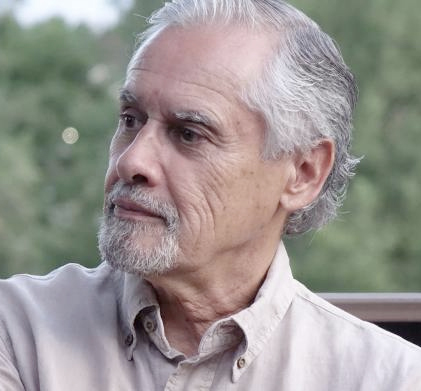
Z.J. Czupor is president of Rocky Mountain Fiction Writers and past Vice President of the Rocky Mountain Chapter of Mystery Writers of America (RMMWA). In addition to writing monthly columns for Rogue Women Writers and RMMWA, he is the author of THE BIG WEIRD: Haikus in Times of Pandemic and Chaos
Elizabeth of California had the winning correct answer and received a copy of The Last Spymaster by Gayle Lynds! Be sure to watch for next month’s clue to enter to win a Rogue’s book.


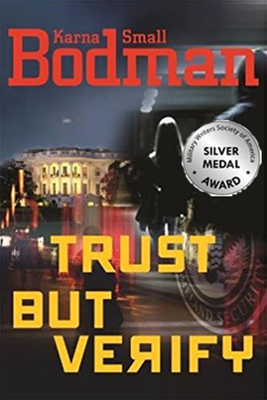

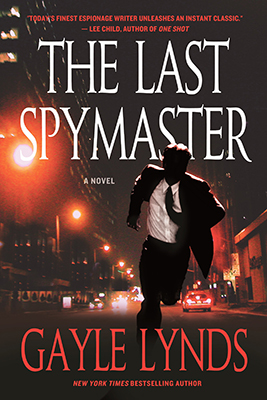

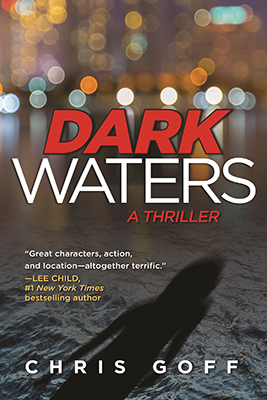
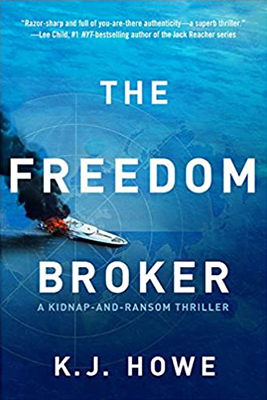
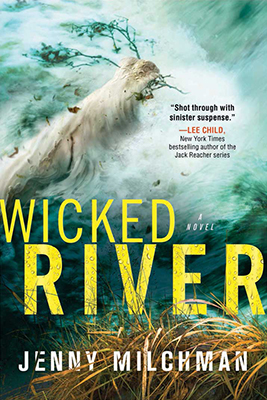
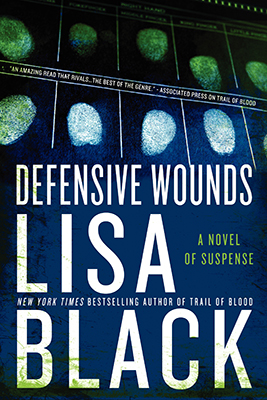
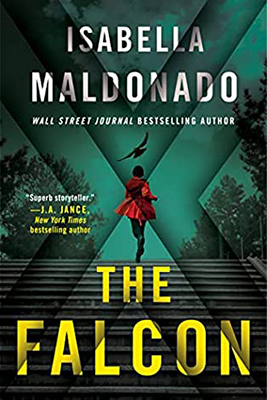
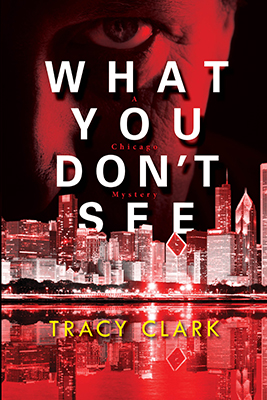
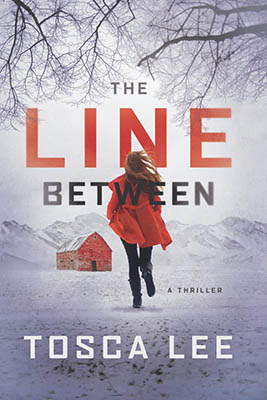
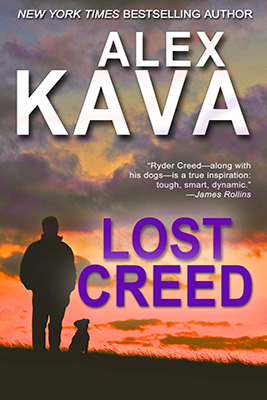
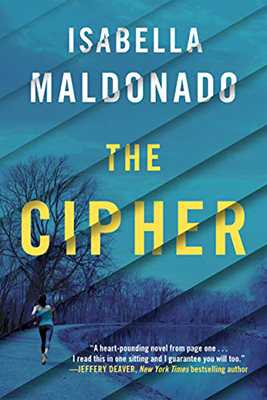
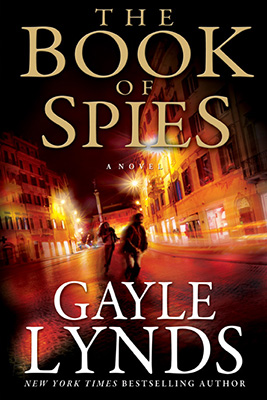
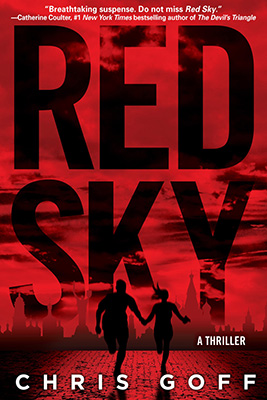
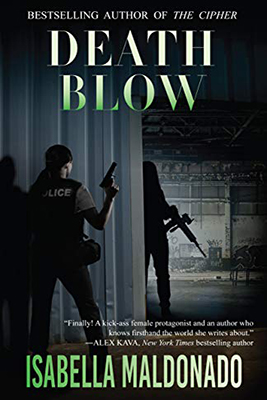
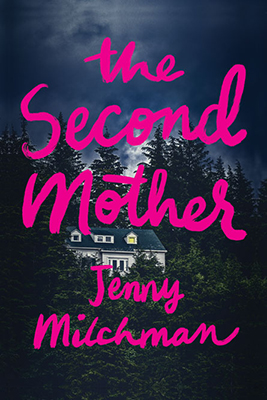

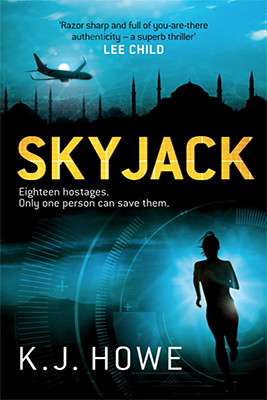
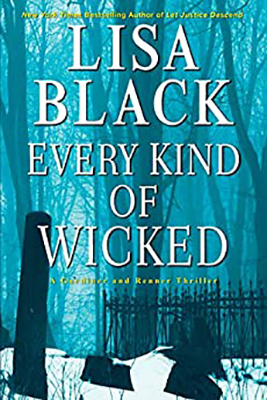
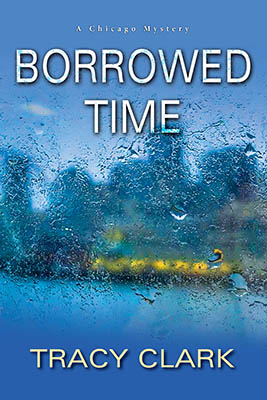
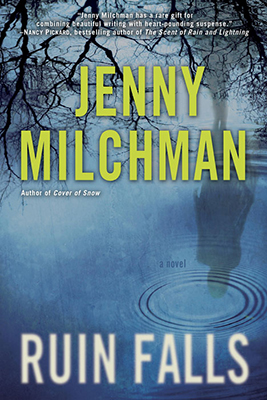

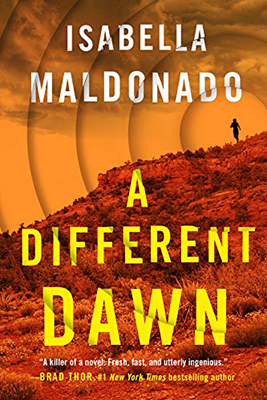
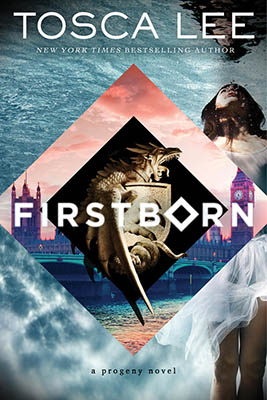
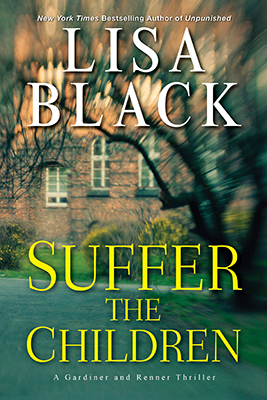
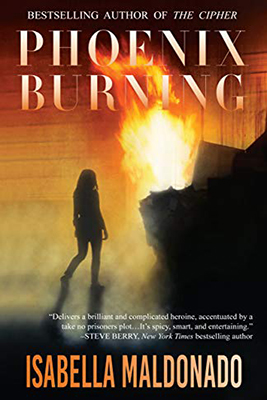
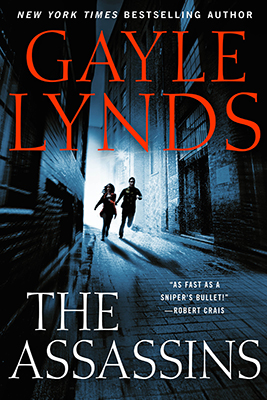

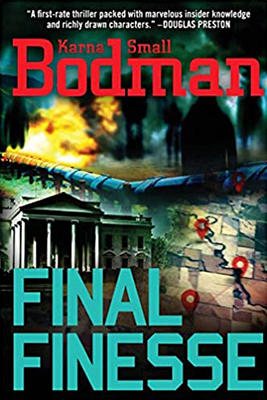
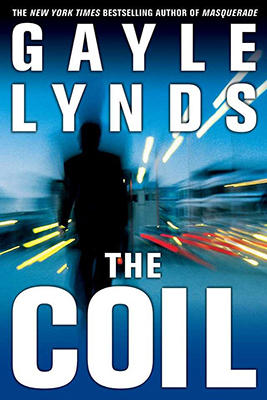
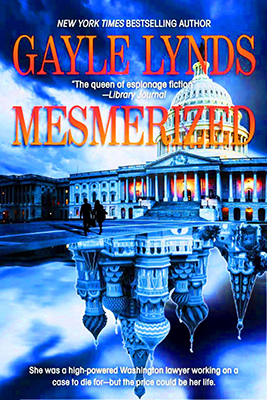
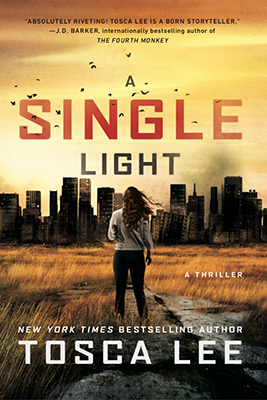
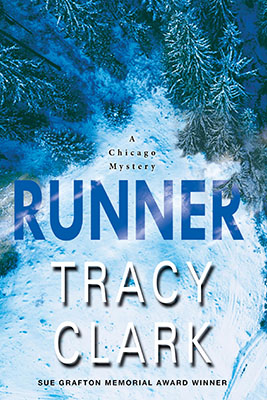
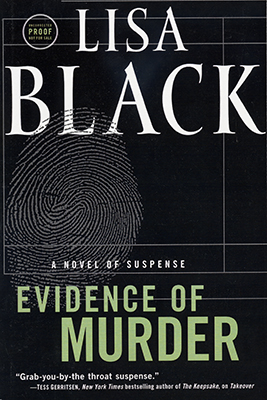
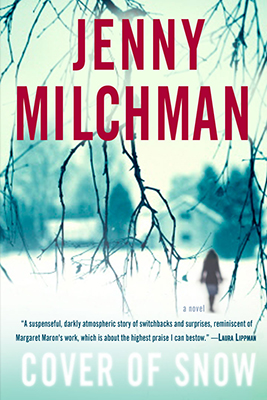
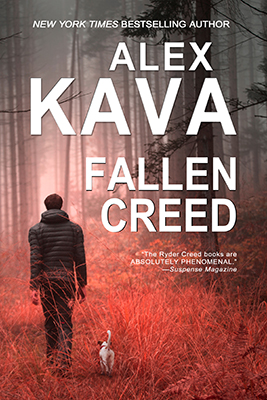

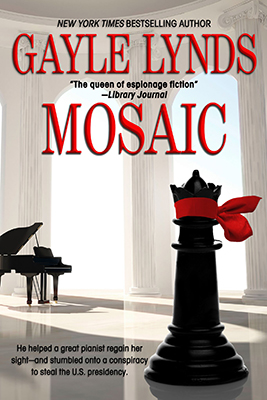
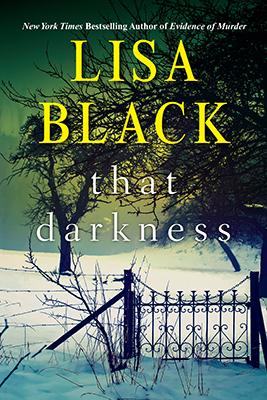
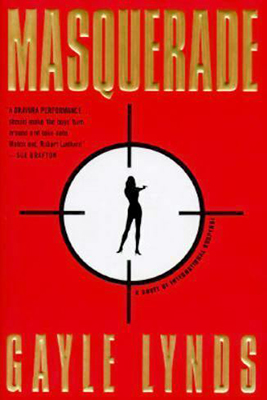
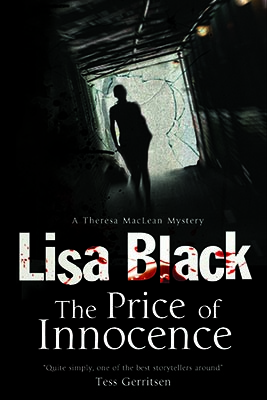
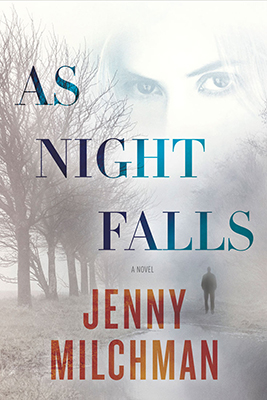
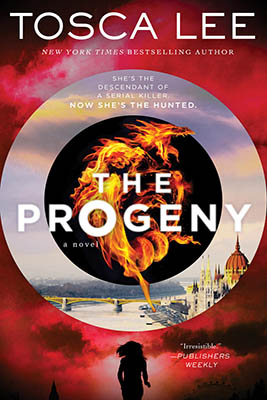
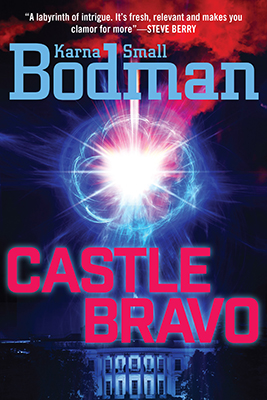
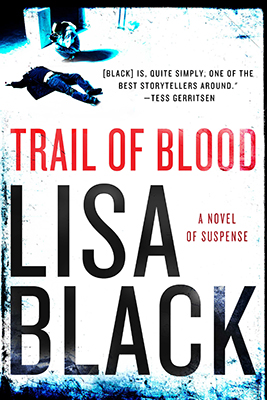
Wish I had a clue — I hope others will have the answer. But thanks for your always interesting articles here!
Thank you Karna,
This writer is/was/still is a “dandy of a character” and one of my favorite authors. Glad to hear you enjoy these stories. Best, ZJ
I am certain I know, but can’t think of it now! I remember reading about a broke screenwriter fixer. Excited for someone to get this. Thanks, ZJ.
I’m with Karna. I can’t even guess. I’ll be interested to learn the answer.